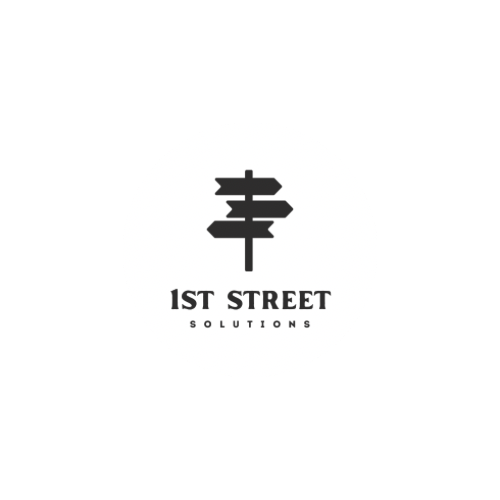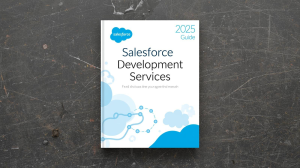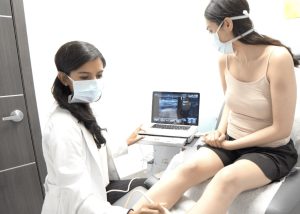In recent years, competency-based learning has gained momentum as an alternative to traditional, time-bound education. The FlexPath model stands out for its focus on measurable mastery rather than classroom hours, enabling students to progress at their own speed. Central to this process are FPX Assessments, which are designed to gauge a learner’s ability to apply knowledge and skills in practical, often career-relevant contexts. This structure demands both academic rigor and personal accountability, offering flexibility without compromising standards.
The Nature of FlexPath Assessments
FlexPath assessments are not typical tests or quizzes. They are project- and application-based tasks that directly align with course competencies. The purpose is to ensure that when a student completes a program, they have proven they can perform at a professional standard in that discipline.
Instead of a point-based grading system, the model uses performance levels such as “Proficient” or “Distinguished,” determined by detailed rubrics. These rubrics outline exactly what the student must demonstrate, removing ambiguity from the grading process.
Formats and Examples
Assessments vary widely depending on the field of study. In a business program, they might involve drafting a market analysis or strategic plan. In a healthcare program, tasks might include:
- Developing an evidence-based patient care plan
- Conducting a policy review on healthcare access
- Designing a quality improvement project for a clinical setting
All assignments require credible sources, professional writing, and adherence to industry or academic standards.
The Process from Start to Completion
Completing a FlexPath assessment typically involves:
- Studying the rubric – Understanding the exact performance expectations.
- Research and preparation – Gathering credible sources and relevant data.
- Drafting the work – Applying concepts to realistic or simulated scenarios.
- Submission – Uploading through the learning platform.
- Feedback and revision – Addressing evaluator comments and resubmitting if necessary.
This iterative feedback process ensures that students focus on mastery rather than moving on with unresolved weaknesses.
Planning for Self-Paced Success
One of the biggest advantages of FlexPath is its flexibility, but that same flexibility can be a challenge for those who struggle with time management. To stay on track, students often:
- Create a term roadmap at the beginning of the subscription period.
- Break down large projects into smaller tasks.
- Set personal deadlines earlier than the term’s end.
- Allocate revision time after initial feedback.
Without such planning, it’s easy to lose momentum, particularly for learners balancing school with work and family obligations.
Maintaining Academic Rigor
FlexPath’s adaptable timeline does not mean reduced standards. Every assessment must meet the same academic quality benchmarks as traditional programs. This includes:
- Proper formatting and citation practices
- Use of credible, peer-reviewed sources
- Clear and professional communication
- Demonstration of critical thinking and problem-solving skills
For nursing students, assignments often require applying current clinical guidelines, integrating evidence-based practices, and demonstrating ethical decision-making. An example from the midpoint of such a program could be the nurs fpx 4035 assessment 2, where learners might be tasked with designing a plan to address a specific patient safety issue using both research and policy considerations.
Common Hurdles and How to Overcome Them
Procrastination is perhaps the most frequent issue in a self-paced environment. Setting a fixed weekly schedule helps counteract this.
Misinterpreting the rubric can lead to repeated revisions — reviewing it carefully at the start is essential.
Balancing priorities between personal, professional, and academic responsibilities requires realistic goal-setting and sometimes negotiating support from employers or family members.
After the Middle: Navigating Advanced Assessment Requirements
Later-stage assessments in FlexPath programs often combine multiple competencies into a single, complex project. These assignments demand that learners synthesize knowledge from earlier courses and apply it in a comprehensive manner.
For instance, a task like nurs fpx 4005 assessment 3 might involve developing a full-scale improvement initiative in a healthcare setting. This would require a literature review, measurable objectives, ethical safeguards, and an implementation strategy — mirroring the kind of work professionals carry out in the field.
Reflection and Professional Growth
Many advanced assessments include reflective components, asking learners to assess their strengths, areas for growth, and professional development goals. Reflection helps bridge the gap between academic tasks and real-world application, encouraging a continuous improvement mindset.
Leveraging Tools for Efficiency
While the FlexPath platform provides the core learning and submission environment, students often benefit from:
- Reference managers like Mendeley or Zotero for organizing sources.
- Grammar and clarity tools for refining writing.
- Time-tracking apps to maintain consistent study habits.
- Online academic databases for research.
Integrating these tools into the workflow can reduce stress and improve the overall quality of submissions.
Conclusion: Demonstrating Readiness for Professional Practice
FlexPath assessments are designed to ensure that graduates leave their programs with proven, applicable skills. Rather than relying on exams alone, the model focuses on demonstrated mastery, iterative feedback, and practical application.
By the time students approach program completion, they may encounter culminating projects such as the nurs fpx 4045 assessment 4, which might combine policy evaluation, evidence integration, and strategic recommendations. Successfully completing such work signals not only academic achievement but also readiness to operate effectively in complex, professional environments.
For more info:
Navigating Modern Nursing Education Through Flexible Assessment Models
The Role of FlexPath in Evolving Nursing Education
Exploring Capella’s FlexPath Journey: A Comprehensive Nursing Perspective







